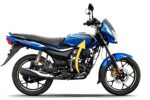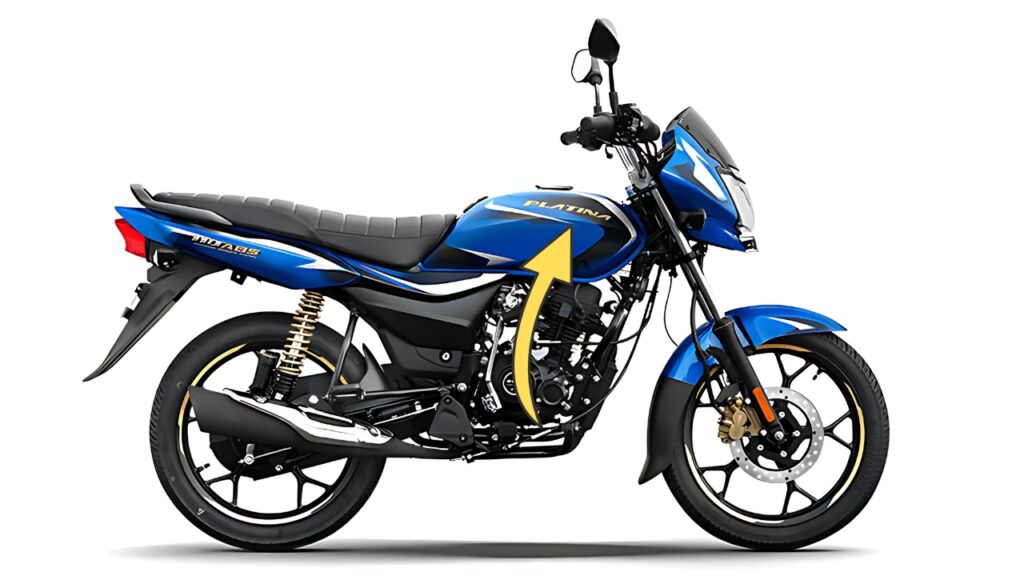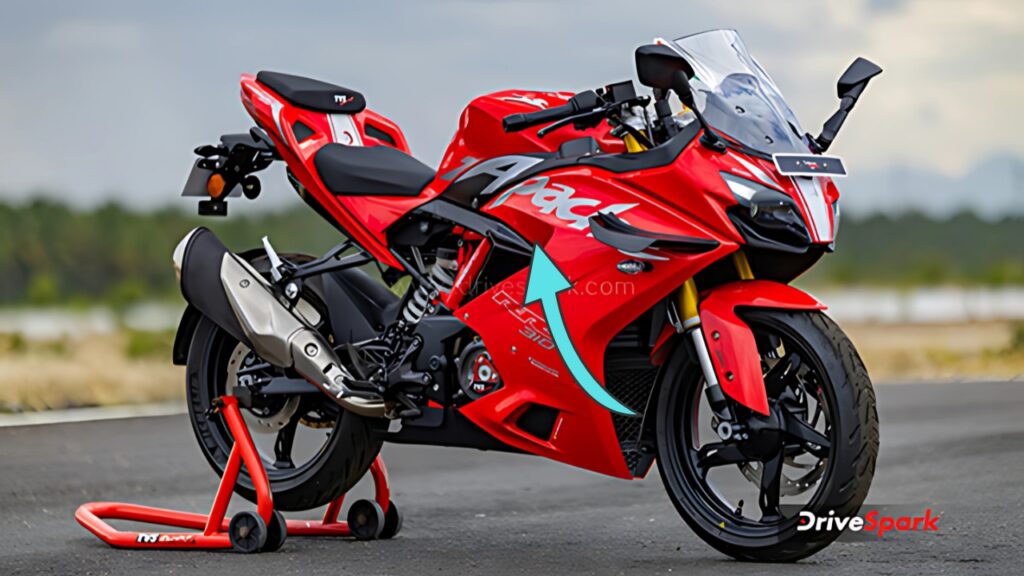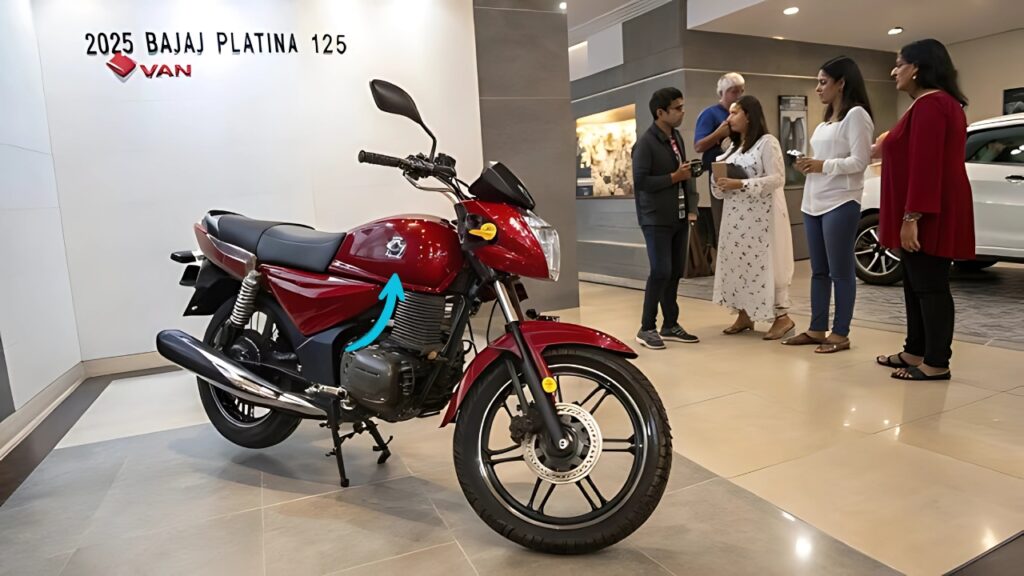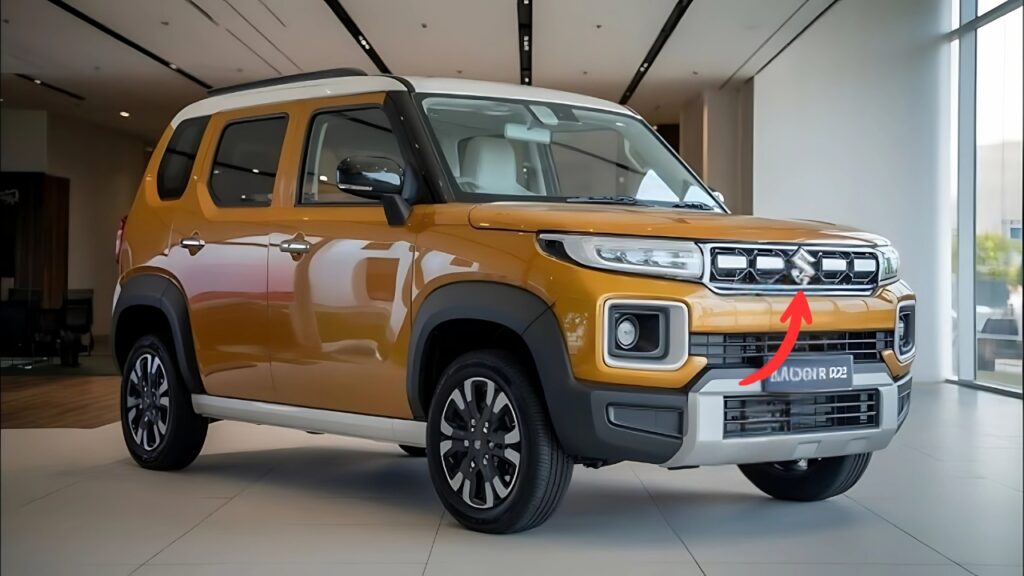Renault Triber : Renault has brought the boot to the Indian affordable 7 seater game with the new Triber.
This is a modern take on the traditional family hauler targeted at a distinct group of buyers between minivan and large 3-row offerings, providing real 7-passenger capacity for the first time at a price most folks didn’t think was imaginable.
In its clever packaging, modular interior and prioritising practicality over costly gimmicks, the Triber creates a new sub-segment that squarely fits the bill of frugal-value family transport for Indian families uptight about spending money on something that won’t appreciate in value.
Table of Contents
Renault Triber Pricing Concept: Affordable Redefined
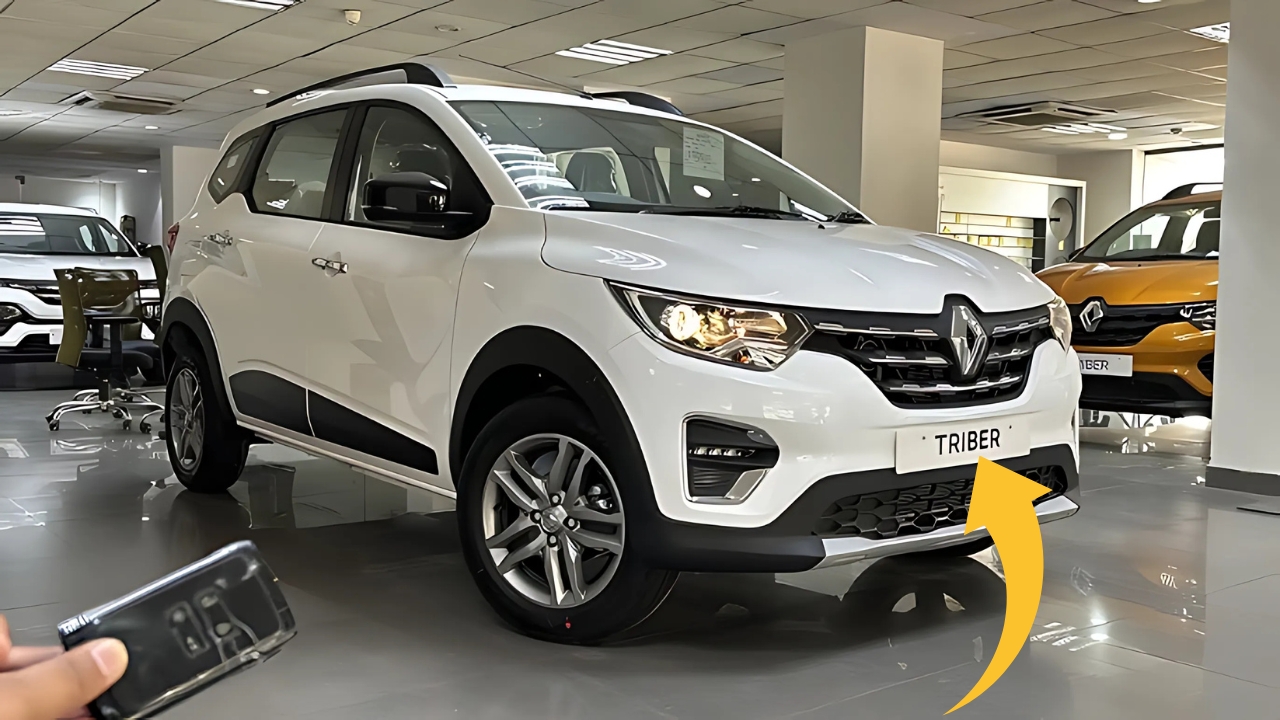
The Triber’s biggest breakthrough is its pricing which starts at Rs. 5.50 lakh and tops off at Rs. 7.99 lakh (ex-showroom) for the range.
This price positioning is a big step down from a standard seven-seater like the Maruti Ertiga (priced upwards of Rs. 8.35 lakh) and the Kia Carens (priced upwards of Rs. 10 lakh) and opens the doors for buyers who were stuck with five-seater hatchbacks or compact sedans.
“We’ve spotted a market deficiency [..] where families who need one or two extra seats have to stretch a long way or compromise on space,” said Jean-Dominique Senard, head of the Renault Group, during the car’s launch presentation.
“The Triber provides a unique solution to this question by offering space for seven occupants and still hanging on the pricing of a hatchback.
This cutthroat pricing isn’t just a matter of lopping off features, but a consequence of fundamental engineering decisions.
The Triber is built on Renault’s cost-effective CMF-A+ architecture also used by the Kiger, and uses smart processes at the Chennai factory with smart content (with a focus on practical functionality rather than plush indulgence).
Result: Much needed functionality without the price premium of expensive “nice to have” features.
Space Maximization: More Room for What Matters Tiny footprint, big impact
The Triber is able to accommodate so many people thanks to supreme packaging within an efficient footprint of just 3,990mm.
This sub-four-metre footprint makes the vehicle both tax efficient (sub-4m vehicles attract lower taxes in some states) and far more maneuverable in tight city spaces than larger MPVs and SUVs.
For having such small external measurements, the Triber has some surprisingly large interior measurements as well.
The middle row delivers 786mm of leg space and headroom even for adult passengers, and while the third row is better suited for kids or midgets on shorter trips, it’s a genuinely usable space, rather than a theoretical space – a separator that keeps it from other compact “5+2” arranges that offer third row seating which is more of a “seating” just on paper.
This tight squeezy envelope is down to a number of neat design tricks: the relatively long 2,636mm wheelbase to keep cabin length up; a tall roofline that lends height without making the body too wide; and seats that are carefully anchored to free up space.
Cabin space has been expanded by the front dash design being moved forward, and a space-feeling is realized beyond the vehicle’s compact exterior.
Renault Triber Modular Flexibility: Meet Your Different Needs
The Triber’s unique proposition, the EasyFix seating system, which allows for more than 100 seating configuration, from a two-seater luggage carrier to a seven-seater.
It’s different to the kind of three-row vehicles that stick you with fixed rows of seats even if you don’t need them, and different again from slighter smaller seven-seat crossover SUVs which offer no way to carry different numbers of passengers over different journeys.
This modularity results in many useful configurations such as:
-
Standard seven seats installed format
-
Six-passenger with center seat removed for easier access to the third row
-
Four-seater with an Extended Boot Volume of 625 Liters
-
Two-seat van-like layout, with huge 1,146-liter storage space
“Conventional / traditional MPVs provide the benefit of space and comfort without compensating on performance, however, those vehilces comes with a limitation of seating and baggage, forcing the customer to pick between the two,” remarked Venkatram Mamillapalle, Managing Director, Renault India.
“The design of the Triber is modular and it shows, it acknowledges that family transportation needs can change from one day to the next and includes modes from school runs to a weekend getaway.”
This flexibility also means carefully thought out storage options can be found all round the cabin.
Officially, there are 31 distinct storage bins with a combined 26-liter capacity, including a cooled center storage bin and numerous smartphone slots which are all complemented by dedicated, easy-to-reach areas for daily-use items from water bottles to tollway passes.
This all-encompassing method to organization system works for controlling the chaos of family transport.
Renault Triber Practical Powertrain: Poised Performance and Efficiency
The Triber is powered by Renault’s 1.0-liter Energy three-cylinder petrol mill that makes 72 PS and 96 Nm of torque – not much in terms of power and torque on paper, but with a relatively small base weight of 939kg, it can move well.
The vibration of low engine speed and high torque have been improved by other puts adjust the calibration improvements to engine mainly engine grows more calmer and low-end torque characteristics are better suited for driving in town with a group of passengers.
Transmission choices consist of a 5 speed manual as well as at automatized manual and the former also gets an AMT, which is becoming a popular choice among city slickers wanting some reprieve from the clutch pedal during rush hour commutes.
Although the AMT imparts characteristic automated manual traits such as audible shift changes, its tuning emphasises smoothness more than urgency, which means it loses some of the jerky behaviour which comes fitted as standard on all other AMTs in the price-sensitive space of family transport.
Fuel efficiency is still going to be a strong point with ARAI-certified 19.8 km/l and 18.2 km/l for manual and AMT versions respectively.
Those economy numbers are well ahead of most larger seven-seaters, so offering a significant ownership cost benefit that’s especially welcome for cash-strapped families. The modest 40 L fuel tank has enough range without undue weight or cost.
“The philosophy around the powertrain is not huge power, it’s a good power, so we have something that’s more appropriate,” one Renault powertrain engineer told me.
“Our emphasis was on efficiency and reliability first, along with enough capabilities to cover most family use cases, rather than over-speccing components that would result in higher costs at purchase and while in use.
CONCENTRATED FEATURES: The minimalist features include a right-side firing.171 red side pin for visibility and faster target acquisition across short ranges and a low-profile, no-snag mounting level.
The Triber’s kit strategy shows a focused prioritisation, with genuinely useful kit instead of expensive gizmos that would dilute its value proposition.
An 8-inch touchscreen is added on upper trims and equipped with wireless Apple CarPlay and Android Auto, along with a digital instrument cluster, push-button start, and automatic climate control with dedicated second-row vents – all practical items that you can use every single day.
Attention to Safety Safety is well taken care of with dual front airbags standard on all models and side airbags an option on some models.
ABS with EBD, reverse parking sensors and seatbelt warnings are standard with higher variants getting a reverse camera and a few more electro aids.
The platform has shown a decent level of crash performance and has achieved a 3 star adult occupant rating under Global NCAP testing.
A sunroof, power drivers’ seat or leather upholstery or fancy connected-car technology of the sort found on more expensive cars is nowhere to be seen.
Such deliberate absences suggest careful judgment of value-to-cost ratios, not arbitrary penny-pinching.
The Triber, meanwhile, focuses on tangible elements such as roof-mounted air-con with its own vents for all three rows which should indeed add some comfort for all in India’s climate.
Owning an Automobile: More than the sum of its Parts (and its price)
Renault has designed the Triber ownership offer to provide the lowest cost of maintenance in India.
Service costs are around 30% less than 7-seat peers, thanks to the unstressed powertrain, lower consumable costs and commonality with other high-volume Renault models that guarantees spare parts availability and favourable pricing.
The regular warranty covers 2 years/50,000kms with the option to extend the cover for a reasonable premium.
With over 500 facilities in 350+ cities, accessibility in tier 2 and 3 markets is no longer a concern for Renault.
Prepaid maintenance packages also put the rings of ownership uncertainty around a noose, with the three-year plan costing on average between Rs 17,000-22,000 based on variant and usage.
“Initial purchase price is only part of the true cost of affordability,” underscored Renault after-sales director.
“We have built the entire ownership experience to be affordable — from insurance premiums, and maintenance costs, to eventual resale value retention.”
Renault Triber Market Reaction and Target Demographic
Ever since launch, the Triber has appealed most to a couple of key groups – young families transitioning out of hatchbacks but not wanting to burn a hole in their pocket to get a premium MPV; joint families looking to manage the odd ‘7 on carry’ demand without wanting to invest big in a large vehicle that won’t be used every day; and fleet customers looking to maximise passenger capacity within tight financial limits.
Response has been particularly strong in rural and semi-urban markets where the Triber’s 182mm ground clearance and suspension have been well matched with varied road conditions.
The vehicle’s small size compared to its capacity is also a practical consideration given a lack of parking space in developing areas where bigger vehicles are difficult to manoeuvre.
“The Triber is designed for one of the fastest growing automotive markets in the world, and aims to attract a broad set of customers from across the region, including more established markets in the West,” said automotive market analyst Vinkesh Gulati.
This value-seeking nature fits in well with the kind of sentiment we’re seeing among India’s growing middle class — it’s the easy resource allocation, not the ability to show off status.”
Renault Triber is a third option for families who were caught in middle of budget and/or compromising on the seating for seven, makes it a tricky position to be stuck with.
Their pragmatic positioning seem perfectly calibrated for the current marketplace where the taste for value has increased, given the broader macroeconomic backdrop of heightened uncertainty.
